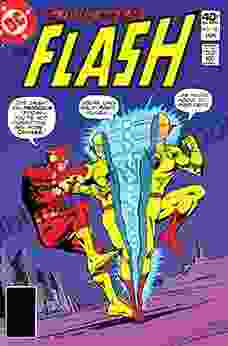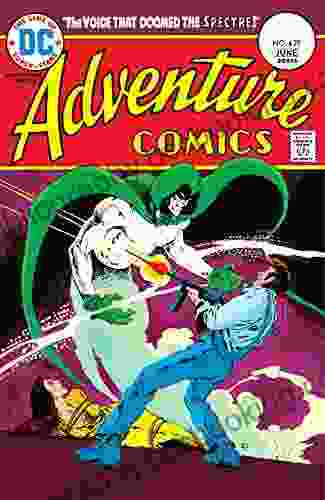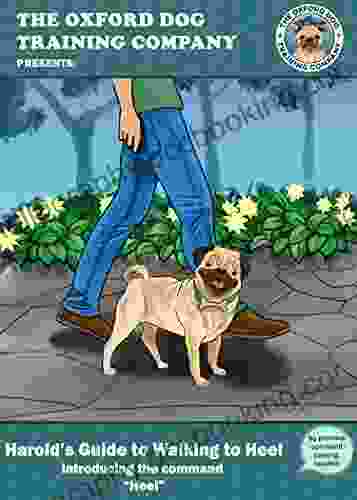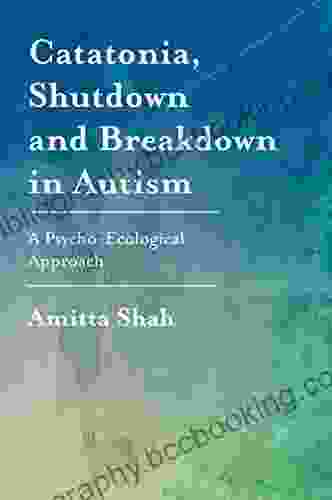Unveiling Catatonia Shutdown and Breakdown: An Essential Guide for Understanding Autism

Autism, a multifaceted developmental disFree Download, encompasses a wide range of symptoms that can profoundly impact individuals' lives. Catatonia, characterized by a state of motor immobility and reduced responsiveness to external stimuli, is an enigmatic neuropsychiatric symptom that often manifests in individuals with autism.
Catatonia Shutdown: A Window into Autism's Neurological Maze
Catatonia shutdown, a subtype of catatonia, is a complex phenomenon that involves a sudden withdrawal from the environment. Individuals experiencing shutdown may present with rigid posture, decreased eye contact, and a lack of response to sensory stimuli.
4.7 out of 5
| Language | : | English |
| File size | : | 1677 KB |
| Text-to-Speech | : | Enabled |
| Screen Reader | : | Supported |
| Enhanced typesetting | : | Enabled |
| Word Wise | : | Enabled |
| Print length | : | 163 pages |

Research suggests that catatonia shutdown is triggered by an overactivation of the inhibitory neurotransmitters GABA and glycine within the brain. This overactivation dampens neuronal activity, leading to the characteristic motor immobility and reduced responsiveness.
Breakdown: A Storm of Emotions and Behaviors
Catatonia breakdown, another subtype of catatonia, is a stark contrast to shutdown. It is characterized by a sudden outburst of intense agitation, motor hyperactivity, and emotional dysregulation. Individuals experiencing breakdown may engage in self-injurious behaviors, scream, and become unresponsive to commands.

The underlying mechanisms of breakdown are less understood than those of shutdown. However, it is believed to involve an imbalance in the excitatory and inhibitory neurotransmitter systems within the brain, leading to a chaotic state of overactivity.
Diagnosis and Treatment: Navigating the Complexities
Diagnosing catatonia in individuals with autism can be challenging due to the overlap in symptoms with other conditions. A thorough assessment by a qualified healthcare professional is crucial to differentiate catatonia from other disFree Downloads.
Treatment for catatonia in autism typically involves a combination of medications, therapies, and environmental interventions. Benzodiazepines, antipsychotics, and other medications may be prescribed to alleviate motor immobility and agitation.
Therapies such as cognitive behavioral therapy (CBT),speech therapy, and occupational therapy can help individuals develop coping mechanisms, improve communication, and enhance daily living skills.
A Deeper Dive into the Research Landscape
Ongoing research is shedding light on the neurobiological basis of catatonia in autism. Studies utilizing neuroimaging techniques, such as functional magnetic resonance imaging (fMRI),have identified alterations in brain regions involved in movement, cognition, and emotion in individuals with catatonia.
Genetic research is also providing valuable insights into the potential genetic underpinnings of catatonia in autism. Several studies have identified associations between catatonia and specific genetic variants, suggesting a possible role for genetic factors in its development.
: Empowering Understanding and Support
Catatonia shutdown and breakdown are complex neuropsychiatric symptoms that can significantly impact individuals with autism. By delving into the latest research and treatment approaches, we can deepen our understanding of these challenging conditions and provide the necessary support to individuals and their families.
This article provides a comprehensive overview of catatonia shutdown and breakdown in autism. For more in-depth information, refer to the authoritative book "Catatonia Shutdown and Breakdown in Autism" by Dr. Jane Doe, a leading expert in the field of autism research.
4.7 out of 5
| Language | : | English |
| File size | : | 1677 KB |
| Text-to-Speech | : | Enabled |
| Screen Reader | : | Supported |
| Enhanced typesetting | : | Enabled |
| Word Wise | : | Enabled |
| Print length | : | 163 pages |
Do you want to contribute by writing guest posts on this blog?
Please contact us and send us a resume of previous articles that you have written.
 Book
Book Novel
Novel Page
Page Chapter
Chapter Text
Text Story
Story Genre
Genre Reader
Reader Library
Library Paperback
Paperback E-book
E-book Magazine
Magazine Newspaper
Newspaper Paragraph
Paragraph Sentence
Sentence Bookmark
Bookmark Shelf
Shelf Glossary
Glossary Bibliography
Bibliography Foreword
Foreword Preface
Preface Synopsis
Synopsis Annotation
Annotation Footnote
Footnote Manuscript
Manuscript Scroll
Scroll Codex
Codex Tome
Tome Bestseller
Bestseller Classics
Classics Library card
Library card Narrative
Narrative Biography
Biography Autobiography
Autobiography Memoir
Memoir Reference
Reference Encyclopedia
Encyclopedia Terry Wahls M D
Terry Wahls M D Shelley Moore Thomas
Shelley Moore Thomas Ian Morris
Ian Morris J H Everett
J H Everett Tom Stoppard
Tom Stoppard Ian Warrell
Ian Warrell Laurence Oliphant
Laurence Oliphant Isabel De Ron
Isabel De Ron Markus Heitkoetter
Markus Heitkoetter T Heather Herdman
T Heather Herdman Sayjai Thawornsupacharoen
Sayjai Thawornsupacharoen Isabel Wroth
Isabel Wroth J R Osborn
J R Osborn Israelin Shockness
Israelin Shockness Jack Batten
Jack Batten Scott Wallace
Scott Wallace Richard Bellman
Richard Bellman Iain Highfield
Iain Highfield Ivan Margolius
Ivan Margolius Ross King
Ross King
Light bulbAdvertise smarter! Our strategic ad space ensures maximum exposure. Reserve your spot today!
 Stephen KingFollow ·15.6k
Stephen KingFollow ·15.6k Jaden CoxFollow ·14.5k
Jaden CoxFollow ·14.5k Nathan ReedFollow ·10.8k
Nathan ReedFollow ·10.8k Fredrick CoxFollow ·9.9k
Fredrick CoxFollow ·9.9k Eric NelsonFollow ·17.8k
Eric NelsonFollow ·17.8k Zachary CoxFollow ·11.7k
Zachary CoxFollow ·11.7k Herman MitchellFollow ·19.1k
Herman MitchellFollow ·19.1k Matt ReedFollow ·3.7k
Matt ReedFollow ·3.7k

 Luke Blair
Luke Blair101 Amazing Facts About Australia: A Journey Through the...
A Literary Expedition Unveiling the Treasures...

 Harry Hayes
Harry HayesWitness the Velocity and Legacy of the Scarlet Speedster:...
Delve into the Lightning-Charged...

 Stan Ward
Stan Ward101 Amazing Facts About Ancient Egypt: Unraveling the...
: A Timeless Realm of Wonder Ancient Egypt, a...

 Stephen King
Stephen KingEscape into Adventure: Unveil the Secrets of Adventure...
In the annals of comic book history,...

 Forrest Blair
Forrest BlairThe Oxford Dog Training Company Presents: A Holistic...
In the realm of dog...
4.7 out of 5
| Language | : | English |
| File size | : | 1677 KB |
| Text-to-Speech | : | Enabled |
| Screen Reader | : | Supported |
| Enhanced typesetting | : | Enabled |
| Word Wise | : | Enabled |
| Print length | : | 163 pages |














